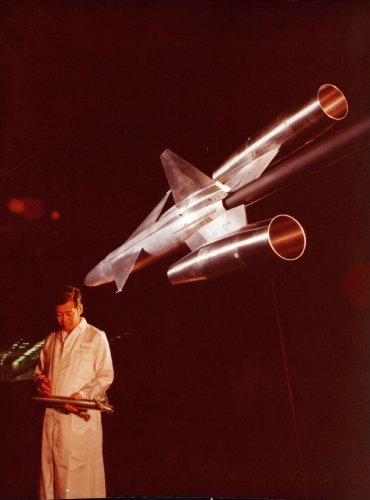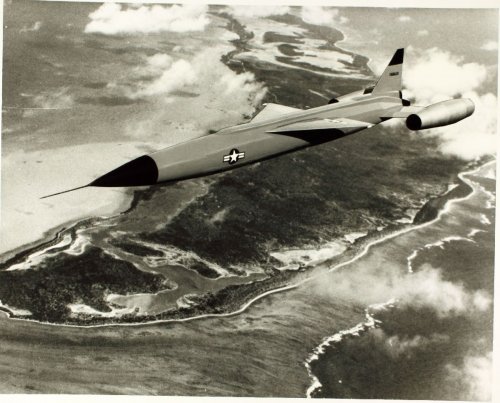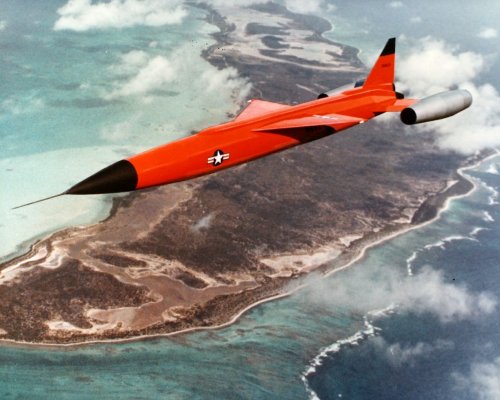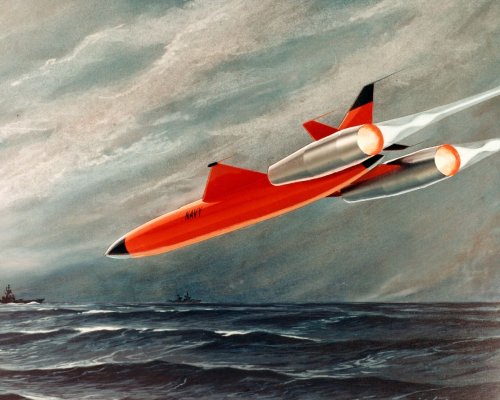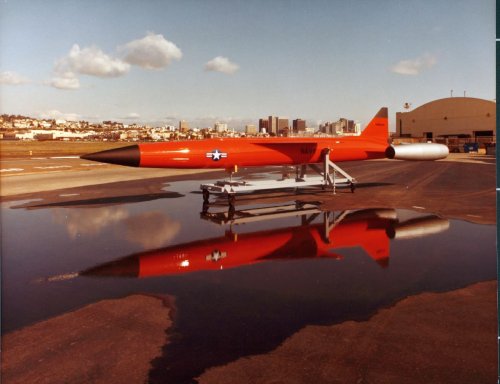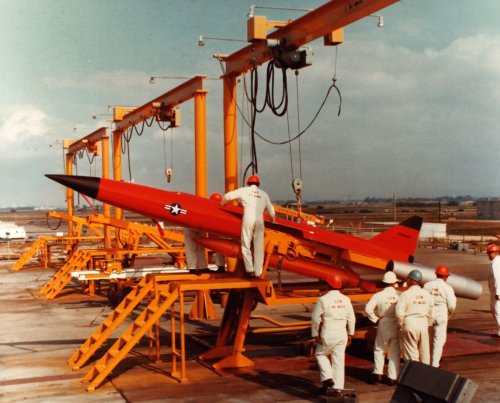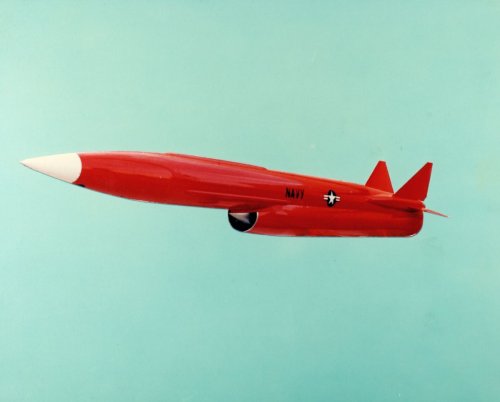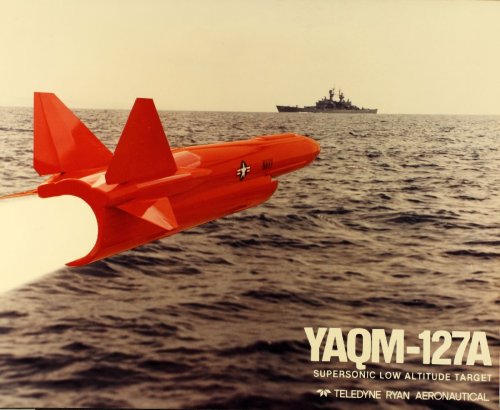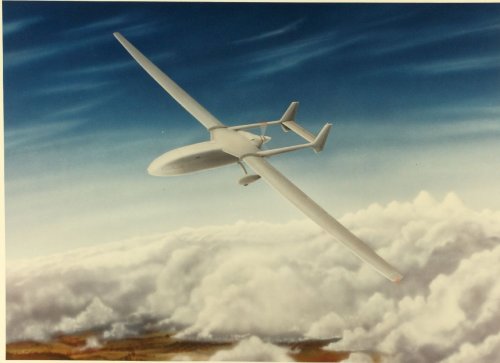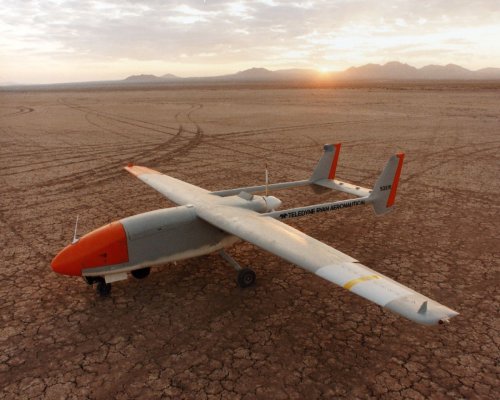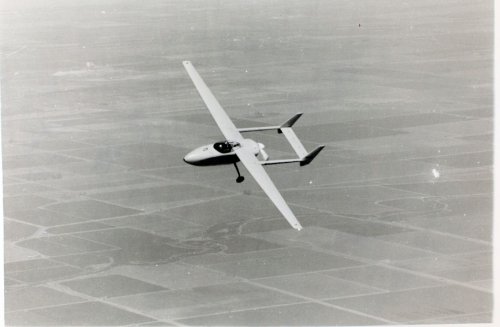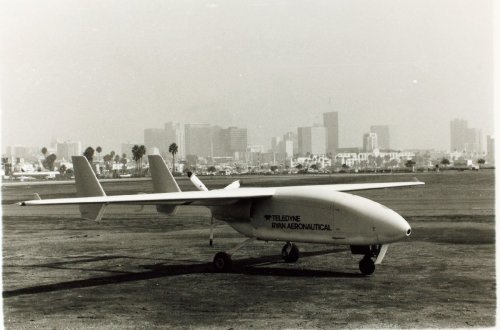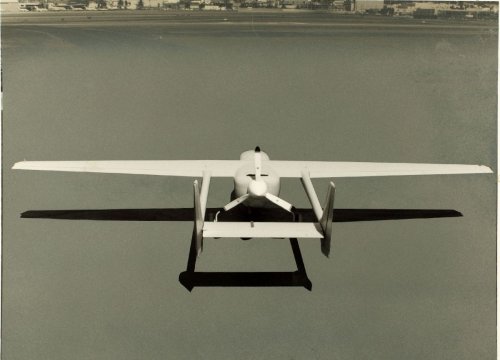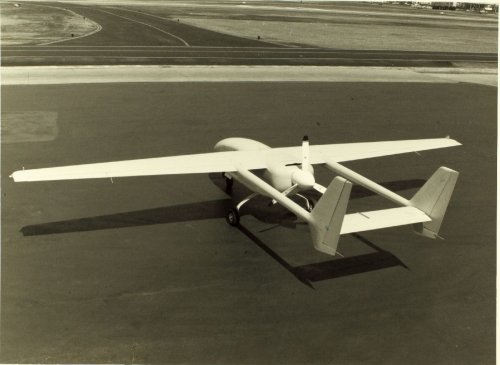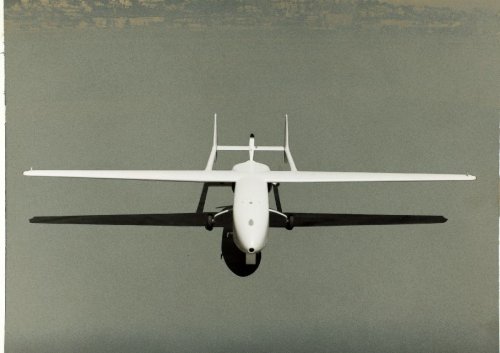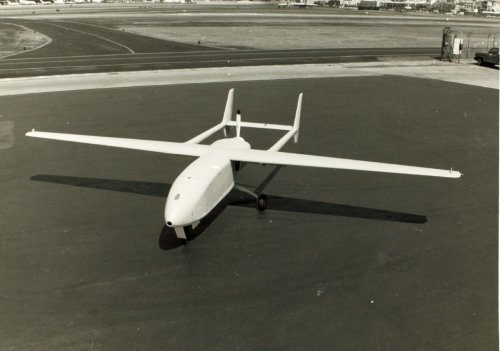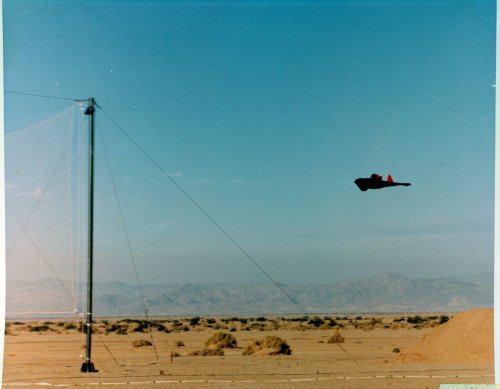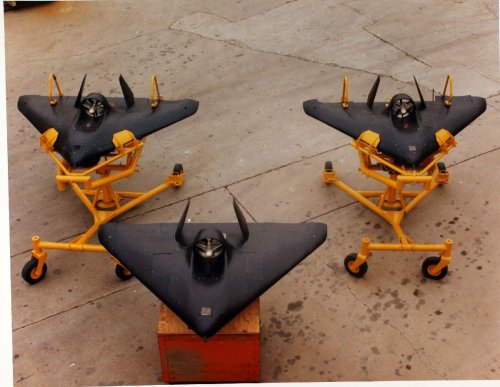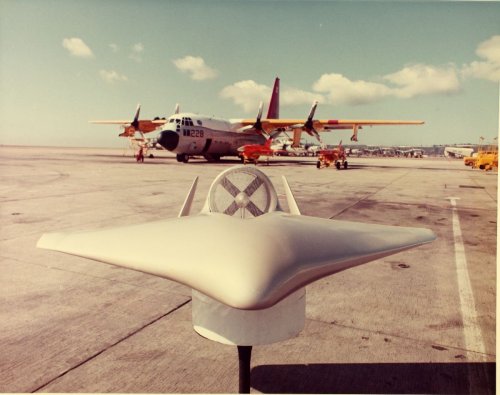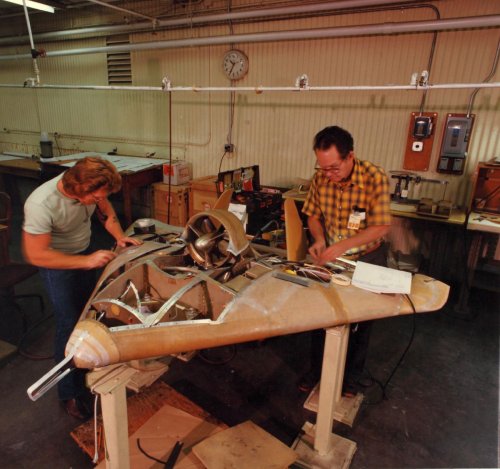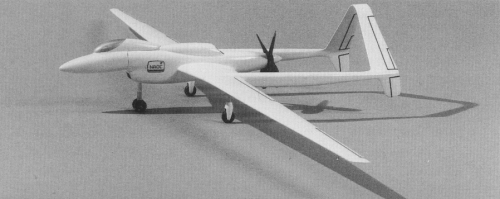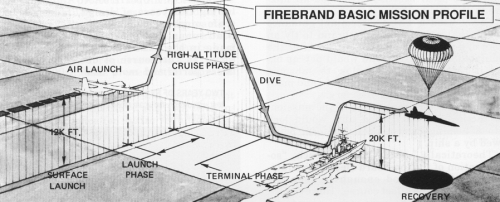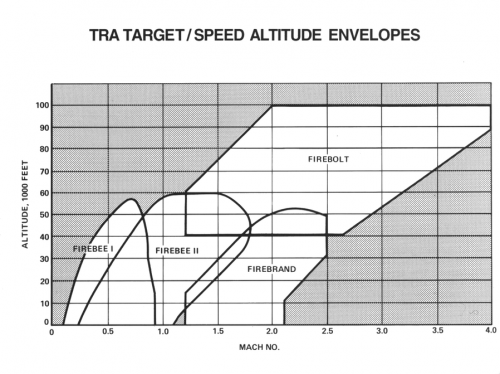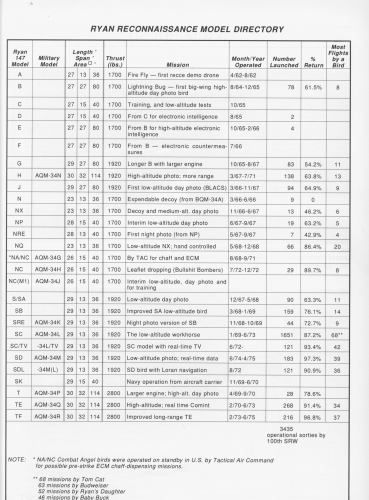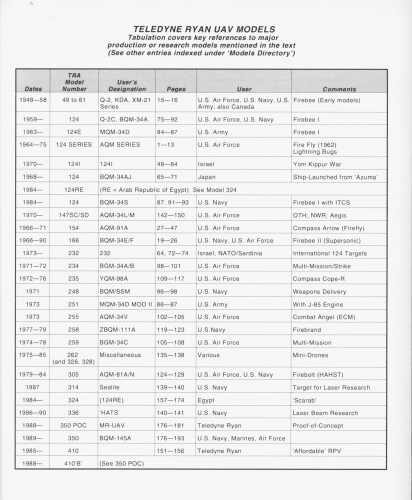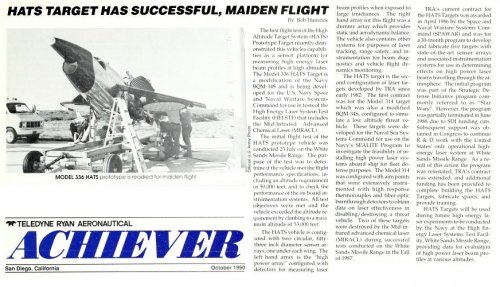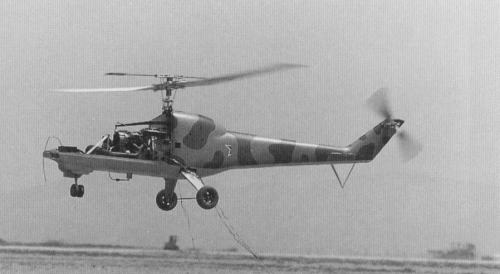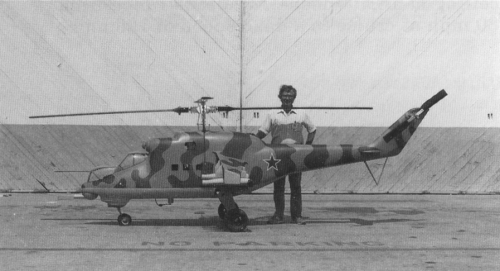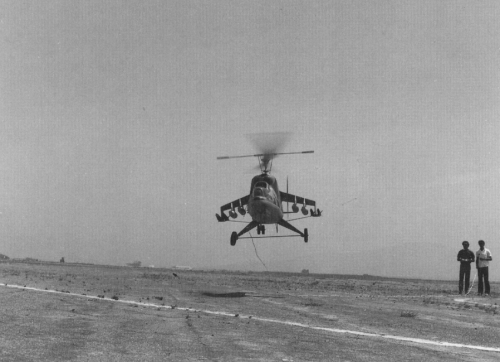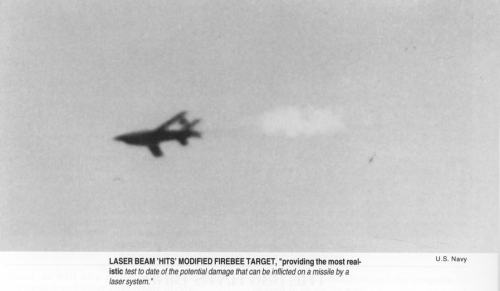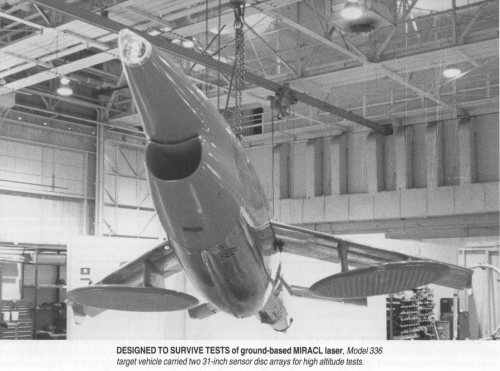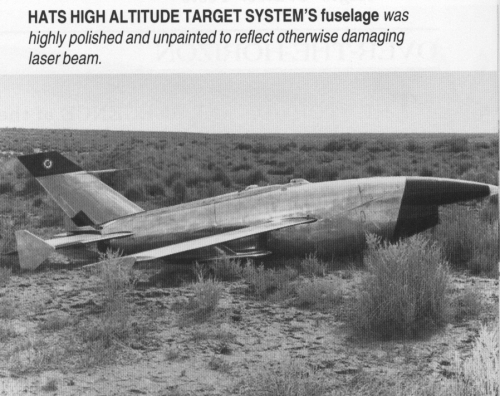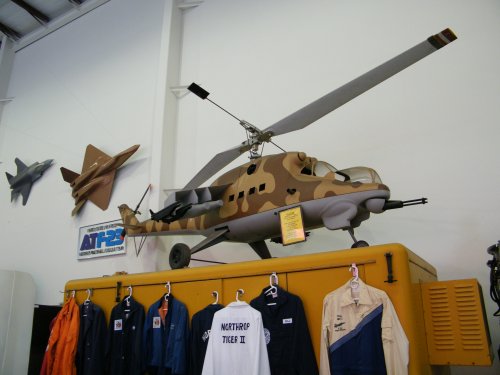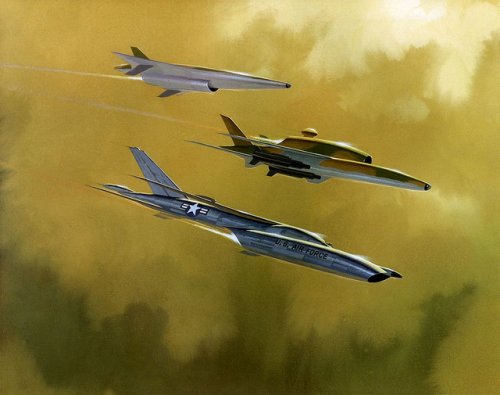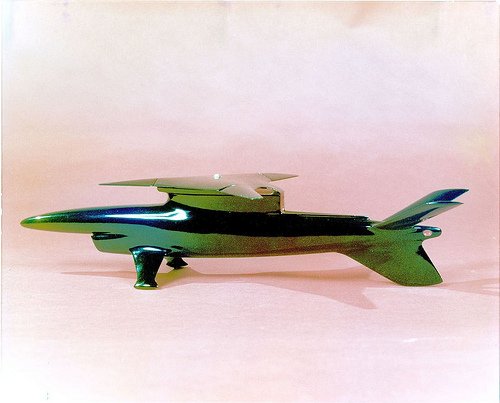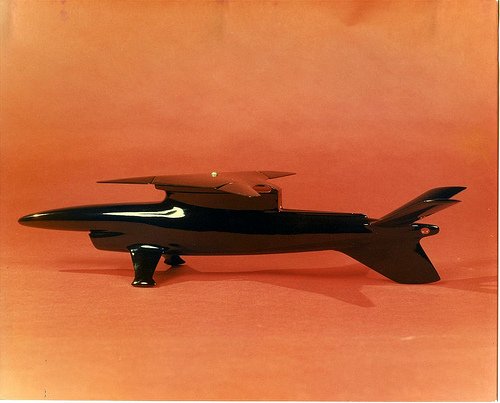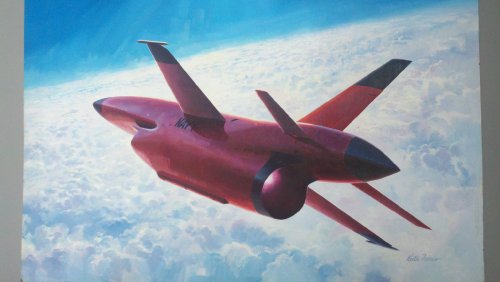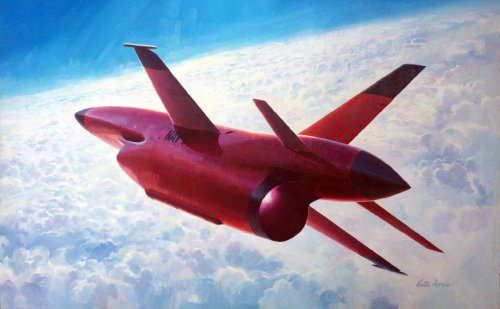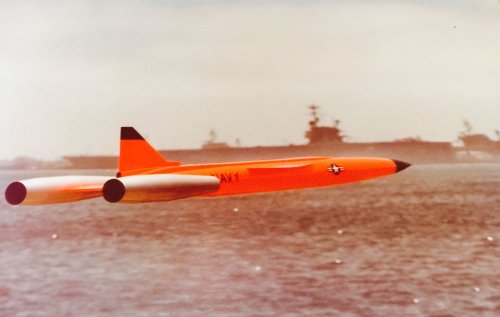- Joined
- 25 June 2009
- Messages
- 14,754
- Reaction score
- 6,155
Recent publication of many Teledyne Ryan inhouse photos on Flickr has brought its share of pleasant surprises... Unfortunately none of the images has a caption or even a title, so it's quite a task to browse through them and sort them out.
Anyway, the first of these little-known types is the Model 258 Firebrand.
Here is what Andreas Parsch has to say about this model:
Source: http://www.designation-systems.net/dusrm/m-111.html
Anyway, the first of these little-known types is the Model 258 Firebrand.
Here is what Andreas Parsch has to say about this model:
The Firebrand was designed as a parachute-recoverable ramjet-powered target suitable for ground and air launch. Solid-propellant rocket boosters propelled the BQM-111 to ramjet ignition speed of Mach 1.2. After an air launch from a DC-130, the Firebrand could cruise at Mach 2.0 at 12200 m (40000 ft) before diving to 90 m (300 ft) for the final run towards the "attacked" ship. The target was guided by a pre-programmed radio command guidance system with options for manual override. Any uncommanded deviation from the pre-planned mission profile would lead to immediate start of the recovery sequence to avoid endangering ships by an uncontrolled high-speed vehicle. It was originally planned to build nine Firebrand test vehicles, and to begin flight tests in 1983. However, the ZBQM-111A program ran into funding difficulties. It also didn't help that the Firebrand design with its two ramjets and boosters came out as a heavy vehicle, possibly only marginally suitable for launch from the surface or from C-130 aircraft. The program was finally cancelled in January 1982. The Navy decided to continue the use of the MQM-8 Vandal instead, and to formulate a new requirement for a dedicated anti-ship missile target. The latter eventually resulted in the AQM-127 SLAT (Supersonic Low-Altitude Target) program.
Source: http://www.designation-systems.net/dusrm/m-111.html

